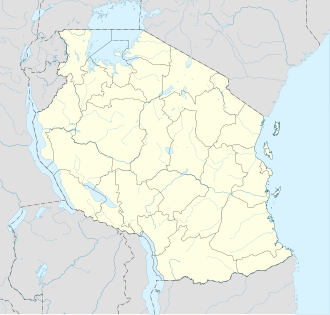Battle
On 14 October 1916, Kibata was reached and the empty fort seized; Germans had withdrawn to the hills. On 6 December 1916, main German troops led by Lettow-Vorbeck advanced on Kibata. British forces were driven out from they outposts to two redoubts on Picquet hill, north of Kibata. The German guns (One recovered from the sunken light cruiser SMS Königsberg ) opened up a bombardment against the two British held redoubts. Later German field companies attacked the redoubts but they were repulsed by the British defenders.
One of the German companies dug itself in on the western slope of Picquet Hill. This German position was named the Lodgement. By then the British forces, Baluchis from India and KAR from Nyasaland (modern-day Malawi),were well dug-in on a series of low hills near Kibata, but German troops with heavy artillery were occupying a surrounding ring of higher hills. The recent recruits became used to the shelling and they quickly adapted to trench warfare. The battle was raging which was more akin to the battlefield in Europe than in the African bush.
On the night of 15 December 1916, British forces attacked the Lodgement German position near British redoubts. The British soldiers in this attack used Mills bombs for the first time in East Africa. The Germans fell back and the Lodgement was occupied by soldiers from the King's African Rifles, supported by a section of Loyal North Lancashire machine gunners. [2]
On 1 January 1917, two 5-inch howitzers of the 14th Howitzer Battery, Royal Garrison Artillery, had arrived at Kibata, [3] [4] which signalled the end of German hopes of destroying the British garrison.
This page is based on this
Wikipedia article Text is available under the
CC BY-SA 4.0 license; additional terms may apply.
Images, videos and audio are available under their respective licenses.

